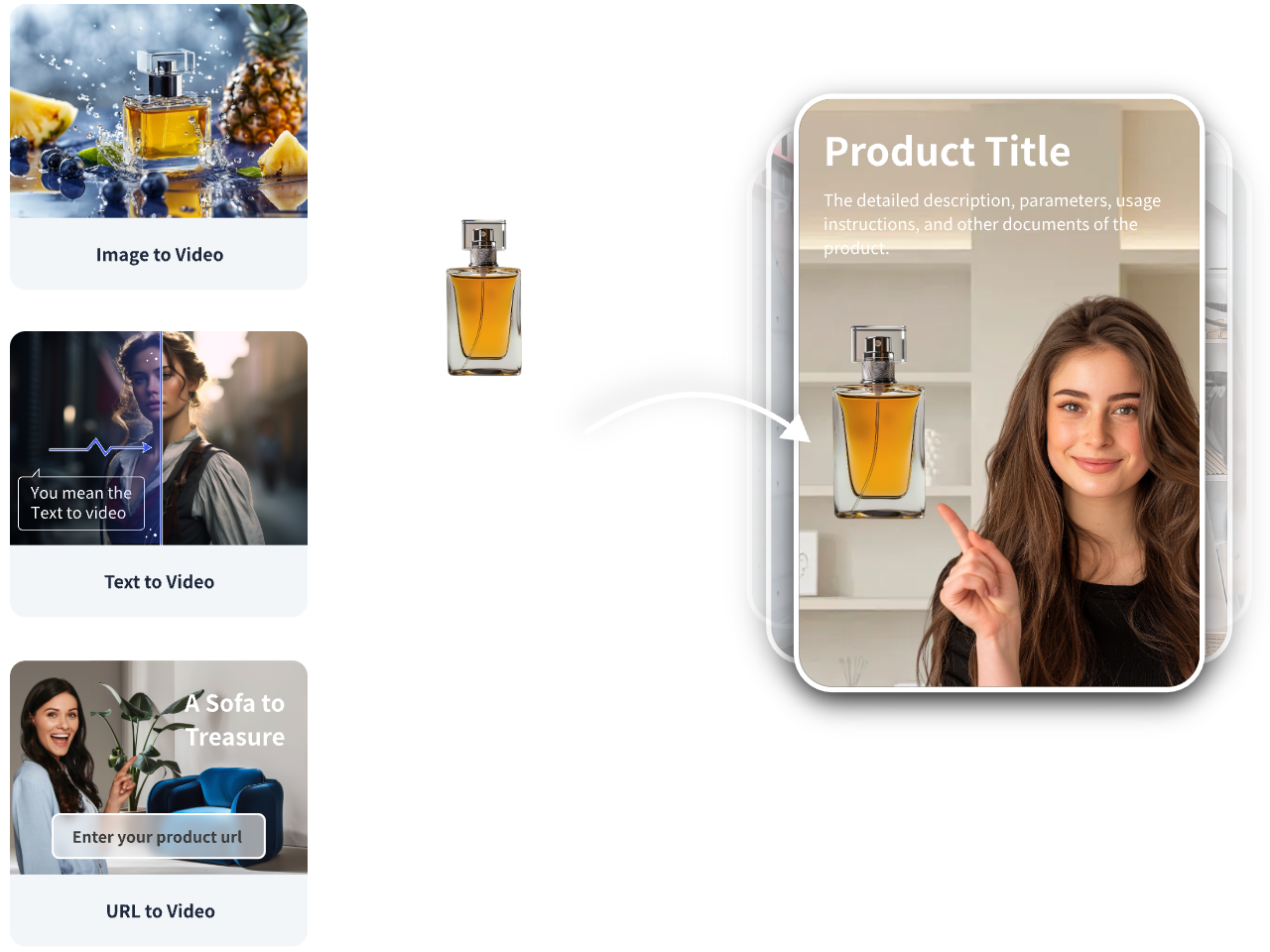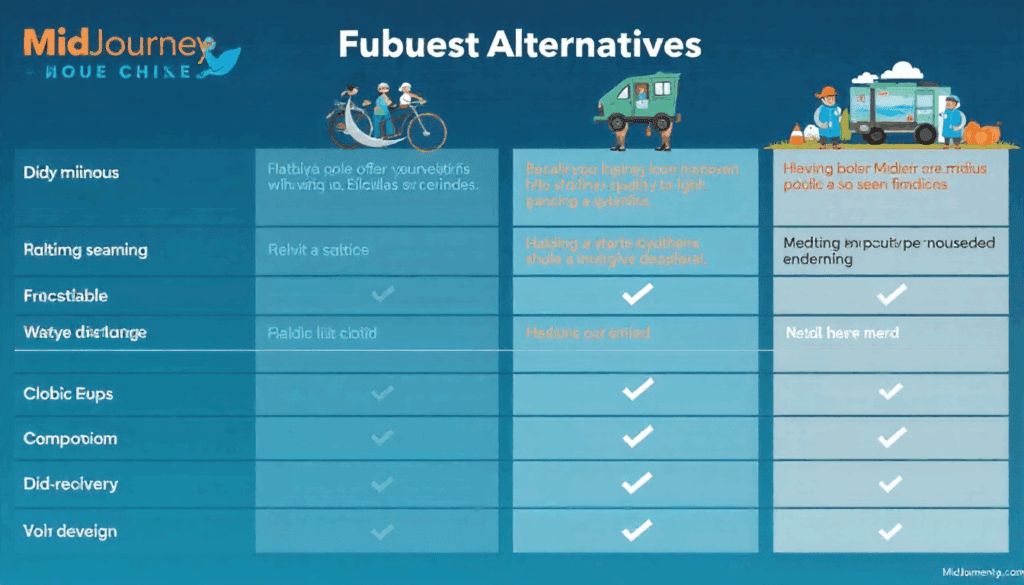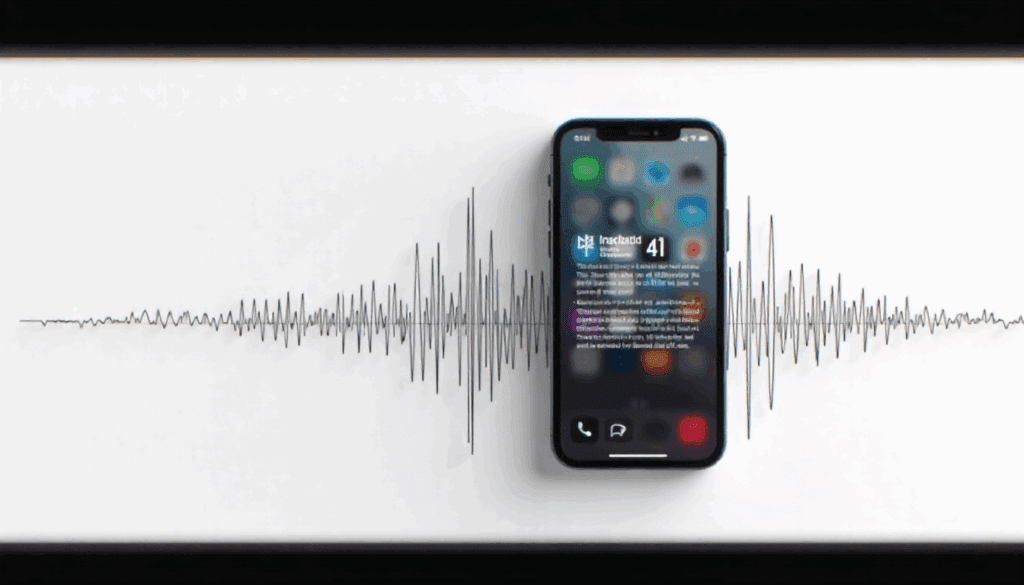How To Upscale Video To 4K For Free In 2025

You see “upscale video” everywhere now.
Creators want sharper Shorts, editors want cleaner client work, and some people even hope an upscaler helps them read a license plate in a shaky clip. At the same time, new AI tools promise free 4K quality, while Reddit threads complain about out-of-memory errors and paid tools that feel expensive.
This guide walks through what people are actually asking in 2025:
how to upscale video for free, when to pay, which tools fit long videos, and what upscaling can and cannot fix.
Which free tools upscale video quality without wrecking it?
The best free tools keep a balance between quality, limits and ease of use.
Fast browser tools for simple clips
If you only need to upscale a short clip for TikTok, Reels or YouTube Shorts, browser tools help a lot. Many “best free video upscaler” tutorials show:
- Web apps that take 720p video and output 1080p or 4K
- Simple sliders for sharpness and noise
- Some AI models for face and detail recovery
They work well for:
- Talking head clips
- B-roll of products
- Simple edits under one minute
They struggle with:
- Very noisy footage
- Long videos
- Strict privacy needs
Free AI tools that generate or upscale to 4K
You also see videos about “generate free and unlimited high quality videos with AI.” These tools combine text-to-video generation with upscaling. You type a prompt, the tool generates a base clip, then runs an internal upscaler to reach 4K.
This approach suits:
- Idea tests for ads and intros
- Background loops
- Abstract or stylized visuals
It does not fit:
- Footage you already shot that needs real restoration
- Forensic work where detail accuracy matters
When a paid plan starts to make sense
A free tier works for experiments and small personal projects. A paid tier starts to make sense when you:
- Run client work or monetized channels
- Need higher limits on length and exports
- Want better control over model settings
- Care about commercial usage rights
How do you upscale video for Shorts and edits without ruining quality?
Short form content needs speed and clarity. The goal is smooth motion and clean faces, not maximum sharpening.
Workflow for TikTok, Reels and YouTube Shorts
Use this simple flow to upscale video for short platforms.
Step 1: Clean the source first
Remove noise, fix exposure and stabilize shaky shots inside your editor before any upscaling. A clean base always upscales better than a noisy one.
Step 2: Pick a target resolution
Match the platform. For most Shorts, 1080p vertical is enough. Move to 4K only when you know the clip will see heavy reuse on larger screens.
Step 3: Run a light upscaler
Use a web upscaler or in-app AI enhancement on a test section first. Look at faces and edges. If it starts to look crunchy or fake, reduce strength.
Step 4: Export with solid bitrate
Many free tools upscale then crush the file with a low bitrate. Inside your main editor, export with a bitrate that fits 1080p or 4K guidelines so platforms do not over-compress.
Settings to watch
For shorts and edits, pay attention to:
- Sharpening amount
- Noise reduction level
- Motion blur preservation
- Color consistency across clips
Small tweaks here show more gain than pushing an upscaler to the maximum.
When do heavy AI upscalers like SeedVR2 or FlashVSR make sense?
Advanced AI models help for serious restoration but bring hardware pain.
Reddit threads around SeedVR2 show two truths:
- Quality looks strong when tuned well
- Long clips throw out-of-memory errors even on high-end GPUs like a 5090 with large system RAM
Some users suggest fixes such as:
- Lowering batch size
- Using block caching
- Enabling tiled VAE and adjusting tile resolution
Others reply that long videos still slow to a crawl or fail, since some tools try to hold too much in VRAM.
So heavy local models make sense when you:
- Handle short, important clips where quality matters more than time
- Own a strong GPU and do not mind tweaking settings
- Need full control and prefer open source tools over cloud apps
They feel excessive when you:
- Only upscale quick shorts
- Work on a laptop with limited VRAM
- Value speed and simplicity over that last bit of sharpness
Can you upscale video to read license plates or tiny details?
Sometimes you gain clarity. Many times you hit hard limits.
Upscaling reuses pixels. It predicts detail patterns based on what it thinks should be there. If the plate in your clip has almost no readable pixels, an upscaler might invent shapes rather than reveal the real numbers.
For simple tasks like:
- Reading a blurry sign in the distance
- Seeing a face more clearly in HD footage
You get a small benefit.
For sensitive tasks like:
- Reading a plate from a low resolution parking lot clip
- Identifying a person in a dark, noisy frame
expect only modest improvement. You still may need other evidence. Also think about privacy and law in your region before sharing enhanced footage.
What is a safe, modern workflow to upscale video in 2025?
You get the best results when you mix light tools for most work and heavy tools for short, important shots.
Simple hybrid workflow
Use this structure:
- Clean your footage in your main editor
- Run a free or low-cost web upscaler for shorts and social clips
- Reserve tools like SeedVR2 or FlashVSR for small high-value sections
- Keep original files in case an upscale fails or looks worse
If you already edit with AI-driven platforms, keep upscaling inside the same tool when possible to avoid double encoding. When you want to turn upscaled clips into polished social videos or ads, route them through your main editor or a platform like VidAU so everything lands in a clean timeline.
So what is the smartest way to upscale video in 2025?
The smartest way to upscale video in 2025 is to pick tools based on context, not hype. Free browser upscalers handle quick shorts. AI video generators handle 4K concepts and loops. Heavy local models handle short, critical clips when you have strong hardware and patience.
Focus on:
- Starting from the best source you have
- Choosing a realistic target resolution
- Avoiding extreme sharpening
- Testing on a short section before full export
Upscaling improves a lot, but it does not rebuild detail that never existed. Used wisely, it helps your content feel modern on today’s screens without wasting time or money.
Conclusion
Upscale video searches rise because creators want sharp output without big budgets. People want free tools, fast workflows and clear steps. The best results come from a simple stack, clean inputs and the right settings. The focus keyword fits here because upscaling works best when you use tools built for clarity and speed.
You get strong gains when you mix AI upscalers, smart filters and good export rules. Keep your files light, test settings and match the tool to the job.
Frequently Asked Questions
Does upscaling video to 4K always make it look better?
No. Upscaling helps when your source already looks decent. If the clip is noisy, shaky or heavily compressed, a 4K upscale often makes artifacts more visible. Start by cleaning the footage, then test a small section before committing to a full upscale.
What is the best free way to upscale video for YouTube Shorts?
Use a browser upscaler or the AI enhance feature inside your editor to move from 720p to 1080p, then export in vertical 9:16 with a decent bitrate. For most Shorts, solid 1080p matters more than pushing to 4K.
Do I need a high-end GPU to upscale video?
You only need strong hardware for heavy local AI models such as SeedVR2 or similar tools. Web apps and built-in AI upscalers run on cloud servers, so your device mainly handles upload and download. For most editors, a stable connection matters more than a flagship GPU.
Is it worth paying for a video upscaler?
A paid plan makes sense if you run client projects, need higher limits and want clear rights for commercial work. Free tools work for small personal projects, but they often limit length, resolution or usage.
Can video upscaling fix a low quality security clip?
Upscaling can sharpen edges and smooth motion slightly, yet it cannot guarantee perfect recovery of faces or plate numbers. Treat it as one helpful step, not a magic forensic solution, and combine it with other sources when accuracy matters.






